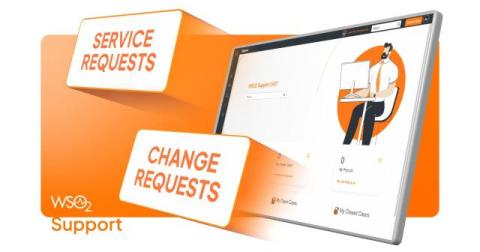SQL Server Stored Procedures: Best REST API Calls for Data Integration
System administrators, DBAs, and application developers all know about the need for data integration. That’s when you have to pull data from one database, application, or web service to another. Fortunately, this task is a lot less challenging than it used to be because APIs (application programming interfaces) are so popular today. APIs provide a standard way to share the data and services of one system with another, even if the two systems are otherwise incompatible.











